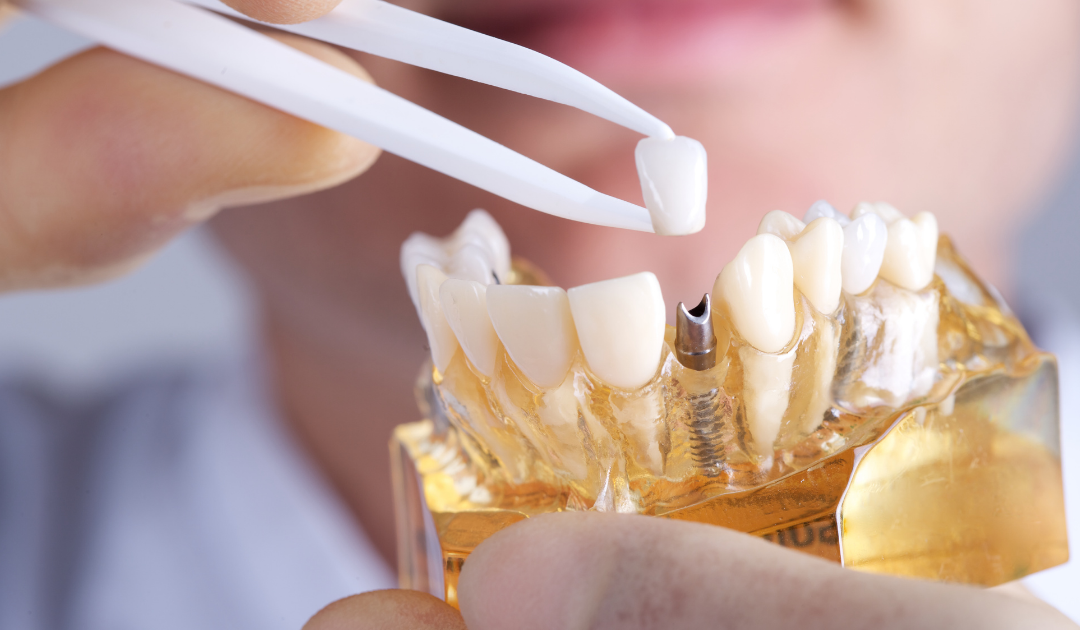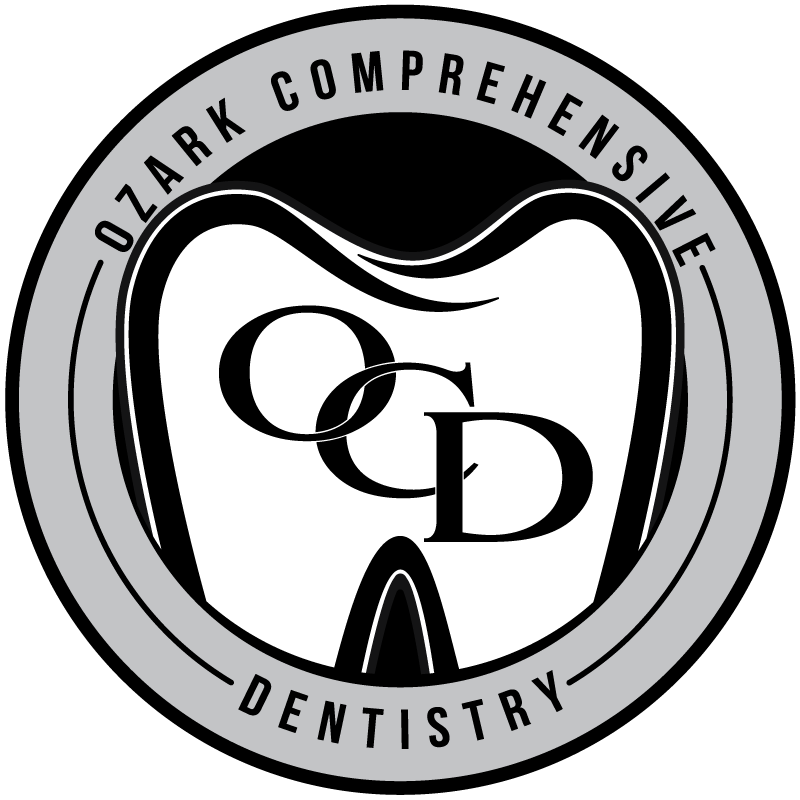Do I Need Anesthesia for Dental Implants?

If you’re considering having a dental procedure done, you might be wondering if anesthesia will be used and what kind of anesthesia it will be. It’s understandable to be wary of anesthesia if you’ve never been exposed to it before because everyone reacts differently while under anesthesia and after the procedure. In most cases, you won’t be rendered completely unconscious. Depending on the type of implant being installed, the anesthesia will either be applied locally or generally to avoid you feeling any pain or discomfort during the procedure.
For the most part, dental implants are made from titanium, which is biocompatible and works for most people. The most common method of installation is called endosteal. This involves placing an implant device directly into your jawbone. It does require a healing period because it needs time to fuse with the bone before moving onto the next phase. The other installation method is called subperiosteal, which allows a fitted implant to be installed under the gum, but it doesn’t go directly into the bone. Depending on which type of installation method is being used, your dentist will be able to talk you through the kind of anesthesia required to make the procedure painless.
What’s the Difference Between Local and General Anesthesia?
There are two types of anesthesia that dentists use depending on the procedure being done. Local anesthesia is used when a patient is having one or two implants installed. The procedure time is typically much less than when installing multiple implants, so local makes the most sense. Local anesthesia will numb the area that is being worked on, but you will still be awake during the procedure. For most people, local anesthetic gets the job done and makes them feel perfectly comfortable during a procedure.
General anesthetic is generally used when bone grafting is required. If your dental surgeon needs to harvest bone from another part of your body to supplement the jaw bone, they will use general anesthesia to ensure you don’t feel any pain in other areas. With general, you are completely asleep. You won’t feel or remember any part of the procedure. It is best to avoid full sedation when possible because there can be complications if the dentist isn’t aware of how you can react to anesthesia.
Anesthesia is designed to make a surgical procedure as painless as possible. Overall, this will make the procedure and your experience far more comfortable and seamless overall. If you’re concerned about the use of anesthesia or have questions regarding how it will impact your procedure, give us a call at 479-337-4070, and we’d be happy to talk you through it.
















